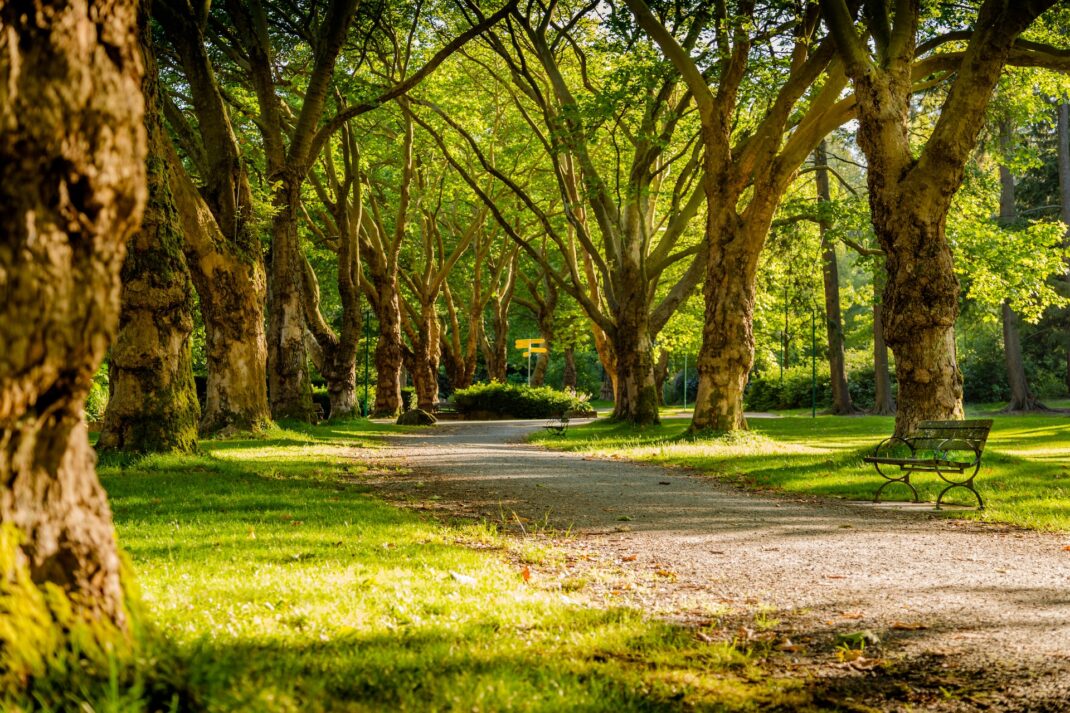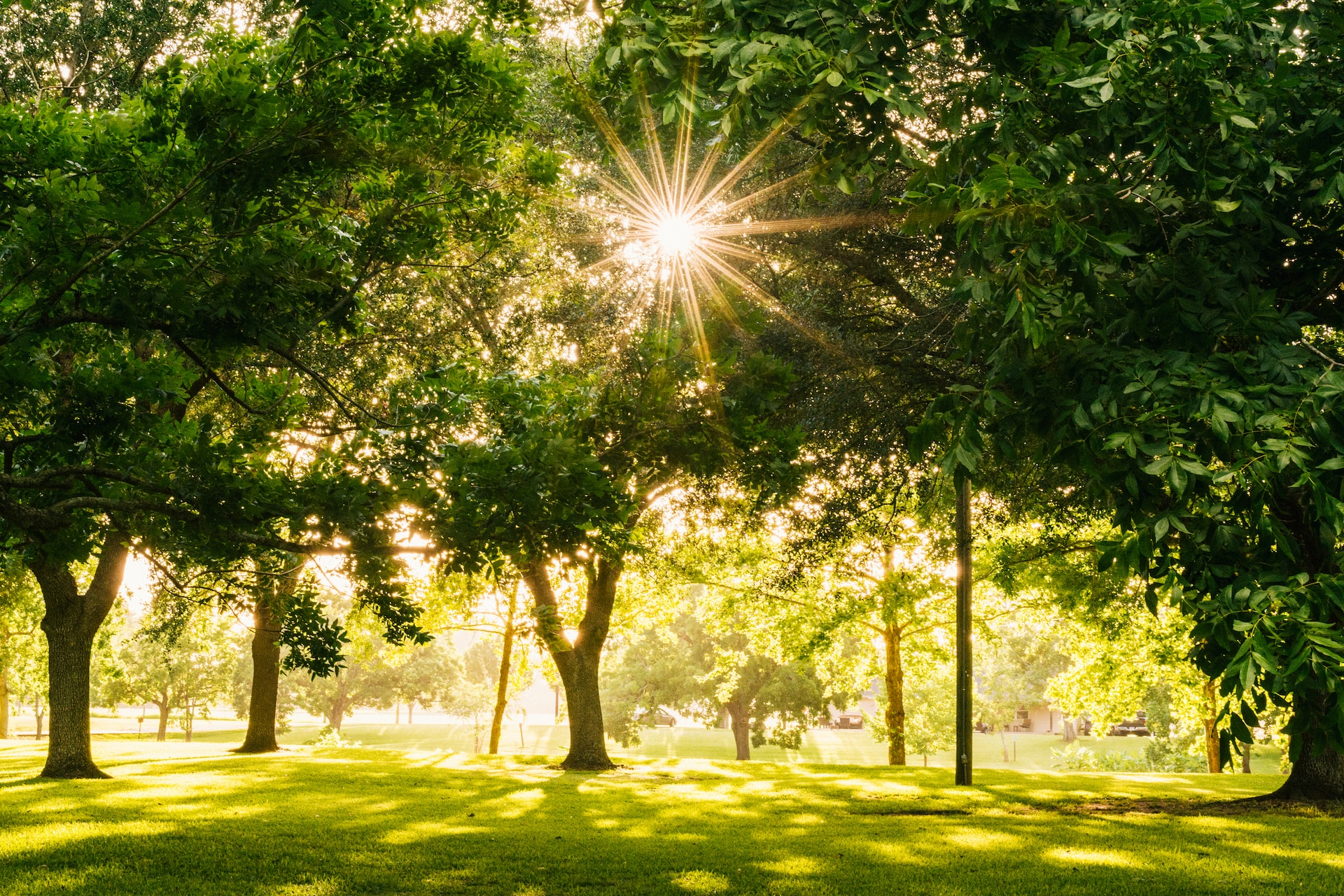Located in Houston’s historic River Oaks neighborhood just east of Memorial Park, Houston’s Bayou Bend Collection and Gardens is one of the world’s finest displays of American furniture, silverware, ceramics and decor.
It is surrounded by 14 acres of lush, organically manicured gardens that complement the idyllic setting. To get to this charming place, you have to walk across the swinging pedestrian bridge over the Buffalo Bayou.
If you haven’t been to Bayou Bend yet or have been there long ago, it’s time to treat yourself to a visit.

Who created this beautiful estate?
Social activist and philanthropist Ima Hogg (1882-1975) dedicated her life to the advancement of Houston’s cultural and educational institutions. As a child, she lived in the governor’s mansion in Austin when her father, James Hogg, was governor from 1891 to 1895. In the early 1920s, her brothers founded the tree-lined River Oaks neighborhood in Houston, where they built Bayou Bend for $217,000 between 1926 and 1928.
The estate was designed by Houston architects John F. Staub and Birdsall P. Briscoe. Ima Hogg, a collector of American antiques, worked with the architects to design the mansion, combining elements of Southern plantations, Spanish Creole Louisiana architecture and 18th-century Georgian architecture.
Inspired by Greek architecture, Ima Hogg chose pink as the exterior color of the mansion. When asked about the design, she said: “I also remembered Greece, where the sunlight is bright…All the Greek architecture, you know, was…pale pink, well, here, it’s perfect for this sunny climate.” Bayou Bend’s pale pink color was originally achieved by adding crushed pink quartz to the plaster. Because of fading in the 1970s, the house was painted pale pink to match Hogg’s vision.
Construction of the mansion, designed to showcase Hogg’s collection and be used as a residence for Ima and her brothers, William and Michael, began in 1927. The design, layout, and color scheme of all 27 Bayou Bend rooms required a tremendous creative effort by Hogg and Staub, who paid attention to the smallest of details. Imma Hogg’s private rooms included woodwork and 18th-century fireplace surrounds imported from Ipswich and Salem, Massachusetts. The floors were made of wide, hand-trimmed planks imported from old homes from the East Coast.
The house was completed in 1928, but by 1930 Imma was the only resident due to William’s untimely death and Michael’s marriage.
Also, as an accomplished pianist, Ima Hogg founded the Houston Symphony Orchestra in 1913. She donated her Steinway grand piano to the symphony orchestra, but left her exquisite Gibson & Davis Square piano in the Bayou Bend Music Room, a spacious room finished with French pictorial wallpaper with 1806 Hindustani motifs.
There are eight gardens on the 14 acres surrounding the Bayou Bend Mansion. Three of the gardens, which adjoin the northern end of the site, are named “Diana,” “Clio,” and “Euterpa” after the statues of Greek mythological characters they contain. The remaining formal gardens are named “White,” “Oriental,” “Butterfly,” and “Carla.” The eighth garden is unnamed. The formal gardens are surrounded by native trees and shrubs, preserved largely in their natural state at the request of Ima Hogg. The cultivated landscapes include grass terraces, flowerbeds, hedges, trees, statues and fountains, creating a picturesque country atmosphere despite its proximity to downtown Houston.
Hogg took great pleasure in planning and tending her gardens; however, in 1961, the River Oaks Garden Club took over responsibility for their upkeep.
Ima Hogg envisioned the gardens as an outdoor living space. Most of the gardens were designed and planted between 1934 and 1942 and were hardly changed until 1957, when the estate was donated to the Museum of Fine Arts in Houston. The museum now hosts regular programs and events open to the public on the Bayou Bend complex.
Interestingly, on July 10, 1990, President George H.W. Bush hosted a working dinner for the G7 Summit in the dining room of the Bayou Bend Mansion. The leaders of seven countries, including Margaret Thatcher of England and Helmut Kohl of Germany, met to discuss various economic issues and international cooperation between their countries.
How the homestead became a museum
In 1957, Ima Hogg donated her home and collection of American furniture made between 1620 and 1870 to the Museum of Fine Arts Houston (MFAH), despite lawsuits from several River Oaks residents who objected to opening the property to the public. A pedestrian bridge was built across Buffalo Bayou to address neighborhood concerns about increased traffic.
Hogg continued to live in her home until 1965, overseeing its transformation into a public museum, which opened in 1966. Architect Staub helped her reconfigure the rooms to display items.
When asked about Bayou Bend, Hogg said: “Although I will always love Bayou Bend and everything there, in a way I always thought I was keeping my collection only by proxy.” Hogg continued to add to the Bayou Bend collection until her death in 1975.
Bayou Bend quickly earned fame as a cultural gem of Houston, received a Texas Historical Commission designation in 1973 and was added to the National Register of Historic Places in 1979.
Maintenance of Bayou Bend is a team effort. Community organizations help MFAH maintain the house and gardens, which are considered the largest public garden in the country, exclusively organic. Bayou Bend Docent’s 200 volunteers give tours; some have been doing so for 50 years. The Kitty King Powell Library and Learning Center, located at the Lora Jean Kilroy Visitor and Education Center in Bayou Bend, contains more than 9,000 volumes on American arts and crafts from the 17th to 19th centuries.
The best way to get to know Bayou Bend
Start at the Laura Jean Kilroy Visitor and Education Center, which opened in 2010. Here you can watch a video and book a docent-led tour or an audio tour on your cell phone. Then walk through the bird sanctuary and over the swinging Buffalo Bayou footbridge to Buffalo Bayou Gardens and the hilltop estate.
Meet your guide (you can leave your belongings in the lockers in the gift store). As you enter the magnificent house, say hello to the portrait of Ima Hogg in the central hall. Elegantly styled hair, a modest dress and massive jewelry frame a face that radiates thoughtful determination. Her taste for antiques resonates in all 27 rooms of the house, which are so interesting to walk through unhurriedly.






